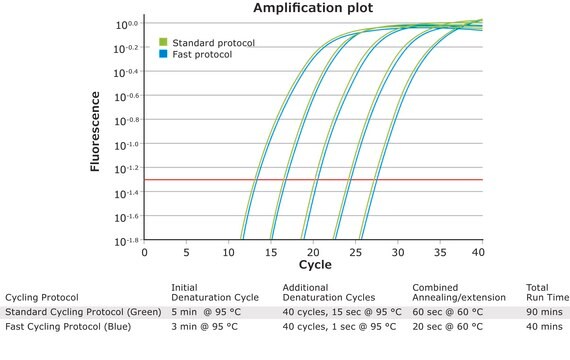About This Item
Produtos recomendados
fonte biológica
mouse
Nível de qualidade
conjugado
unconjugated
forma do anticorpo
purified antibody
tipo de produto de anticorpo
primary antibodies
clone
P2H, monoclonal
peso molecular
calculated mol wt 130.98 kDa
reatividade de espécies
mouse, human
embalagem
antibody small pack of 100 μL
técnica(s)
ELISA: suitable
immunocytochemistry: suitable
immunohistochemistry (formalin-fixed, paraffin-embedded sections): suitable
western blot: suitable
Isotipo
IgG2a
nº de adesão UniProt
Condições de expedição
dry ice
temperatura de armazenamento
2-8°C
modificação pós-traducional do alvo
unmodified
Informações sobre genes
human ... LAMC2(3918)
Descrição geral
Especificidade
Imunogênio
Aplicação
Evaluated by Immunocytochemistry in A431 cells.
Immunocytochemistry Analysis: A 1:500 dilution of this antibody detected Laminin-5 subunit g2 (LAMC2) in A431 cells.
Tested Applications
Western Blotting Analysis: 1 μg/mL from a representative lot detected LAMC2 in lung squamous cell carcinoma cell lysates (Courtesy of Kaoru Miyazaki, Ph.D., KIhara Institute for Biological Research, Yokohama City University, Japan).
Western Blotting Analysis: A representative lot detected LAMC2 in Western Blotting applications (Miyazaki, K., et. al. (2016). Cancer Sci. 107(12):1909-1918).
Immunohistochemistry (Paraffin) Analysis: 10 μg/mL from a representative lot detected LAMC2 in normal human skin, skin cancer, normal breast, and breast adenocarcinoma tissues (Courtesy of Kaoru Miyazaki, Ph.D., KIhara Institute for Biological Research, Yokohama City University, Japan).
ELISA Analysis: 5 μg/mL from a representative lot detected LAMC2 in Lm-gamma2pf and Lm-gamma2 in Lm332 condition medium from Lm332-expressing HEK293 cells (Courtesy of Kaoru Miyazaki, Ph.D., KIhara Institute for Biological Research, Yokohama City University, Japan).
Immunocytochemistry Analysis: A representative lot detected LAMC2 in Immunocytochemistry applications (Miyazaki, K., et. al. (2016). Cancer Sci. 107(12):1909-1918).
Immunohistochemistry Applications: A representative lot detected LAMC2 in Immunohistochemistry applications of lung squamous cell carcinomas and lung adenocarcinomas (Courtesy of Kaoru Miyazaki, Ph.D., KIhara Institute for Biological Research, Yokohama City University, Japan).
Note: Actual optimal working dilutions must be determined by end user as specimens, and experimental conditions may vary with the end user
forma física
Armazenamento e estabilidade
Outras notas
Exoneração de responsabilidade
Não está encontrando o produto certo?
Experimente o nosso Ferramenta de seleção de produtos.
Código de classe de armazenamento
12 - Non Combustible Liquids
Classe de risco de água (WGK)
WGK 1
Ponto de fulgor (°F)
Not applicable
Ponto de fulgor (°C)
Not applicable
Certificados de análise (COA)
Busque Certificados de análise (COA) digitando o Número do Lote do produto. Os números de lote e remessa podem ser encontrados no rótulo de um produto após a palavra “Lot” ou “Batch”.
Já possui este produto?
Encontre a documentação dos produtos que você adquiriu recentemente na biblioteca de documentos.
Nossa equipe de cientistas tem experiência em todas as áreas de pesquisa, incluindo Life Sciences, ciência de materiais, síntese química, cromatografia, química analítica e muitas outras.
Entre em contato com a assistência técnica